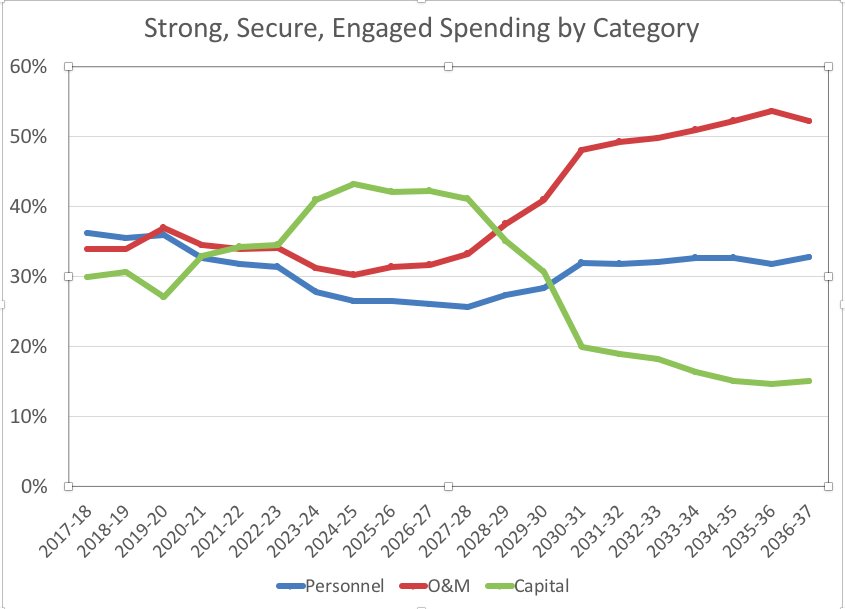- Reaction score
- 1
- Points
- 210
Agreed. If there is anyone in the procurement stream that doesn't realize that spending $75K, at any time of the year, is going to take a great deal more time/planning than spending $3k, they need to be a bit more aware.
I've spent $500K, sole-source, within 4 weeks (in Feb). I've also had purchases of $35K go south months in advance.
Once you get over that NAFTA limit, the SOR/SOW gets more complicated, translations are picked apart (more), and there are a lot more eyes on at PWGSC. That's the way its supposed to work.
Bird_Gunner, I understand your frustration, seriously, been there more times than I care to remember. If the old SO is no longer in force (which makes me wonder what the hell they are doing not having the new one ready beforehand), there are other ways to do it..... just might need to be a bit more creative.
Say.....find a treadmill for under $25K maybe? Buy one now, better than none.
PWGSC may want to shut things down, but they simply can't. The show must go on and toilet paper must be purchased in bulk.
And don't confuse the difference in "spare" operational budget because of missed/cancelled EX's. Usually has very little to nothing to do with procurement of items that are considered permanent. Different pots of money.
I've spent $500K, sole-source, within 4 weeks (in Feb). I've also had purchases of $35K go south months in advance.
Once you get over that NAFTA limit, the SOR/SOW gets more complicated, translations are picked apart (more), and there are a lot more eyes on at PWGSC. That's the way its supposed to work.
Bird_Gunner, I understand your frustration, seriously, been there more times than I care to remember. If the old SO is no longer in force (which makes me wonder what the hell they are doing not having the new one ready beforehand), there are other ways to do it..... just might need to be a bit more creative.
Say.....find a treadmill for under $25K maybe? Buy one now, better than none.
PWGSC may want to shut things down, but they simply can't. The show must go on and toilet paper must be purchased in bulk.
And don't confuse the difference in "spare" operational budget because of missed/cancelled EX's. Usually has very little to nothing to do with procurement of items that are considered permanent. Different pots of money.



